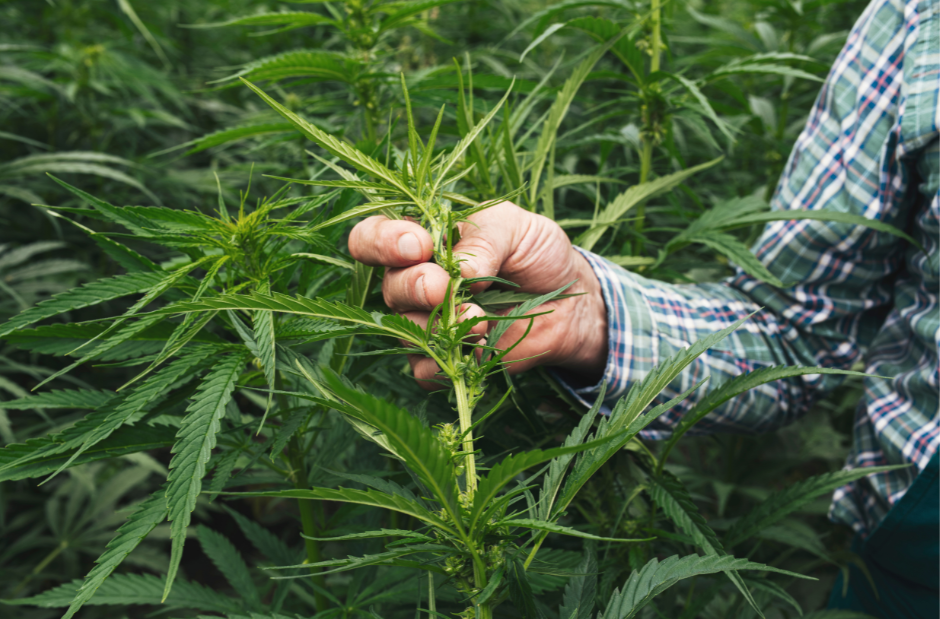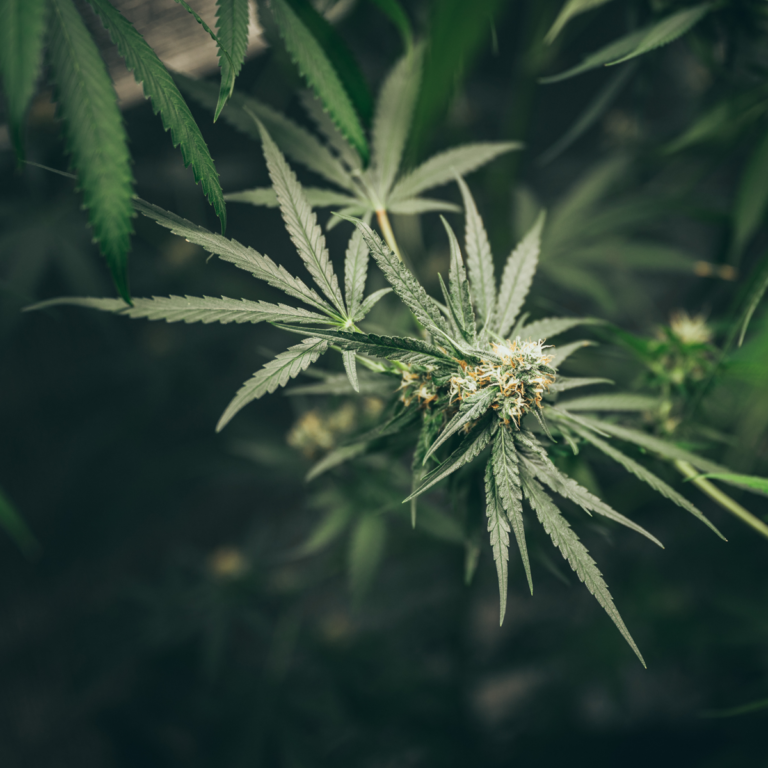How Can Hemp Help Repair Soil?
Over the past decade, climate change and sustainable farming practices have become major points of discussion. While some focus on developing renewable energy sources and others on water conservation, there are countless ways to make a positive impact on the planet for future generations. Hemp stands out as one of those solutions.
This versatile plant offers numerous benefits. The growing demand for hemp biomass has fueled research into its cannabinoids, particularly in the medical field. Hemp seeds provide a rich source of protein and fiber for both humans and animals. Additionally, hemp fibers can replace traditional paper products, and even entire homes can be constructed using this eco-friendly material.
With all the potential hemp holds, how can it enhance farming practices and restore soil health?
It All Starts at the Roots
In the 1930s, the United States endured what became known as the Dust Bowl, a devastating environmental disaster largely triggered by poor farming practices and drought. The nation’s farmland faced severe soil erosion, as farmers plowed up prairie grasses and planted dry land wheat to meet the rising demand for wheat products. According to the Library of Congress, “The farmers plowed the prairie grasses and planted dry land wheat. As the demand for wheat products grew, cattle grazing was reduced, and millions more acres were plowed and planted.”
This widespread destruction of native grasses left the soil exposed and vulnerable to the elements, particularly the high winds that are common in states like Kansas and Oklahoma. The result was a catastrophic series of dust storms, which have since been immortalized in American art and literature.

When native plants are removed, the soil is left unprotected. However, with responsible agricultural practices and the reintroduction of native plants or deep-rooted species like hemp, soil erosion can be mitigated. These plants help to reinforce the soil, offering natural protection from the forces of nature.
How Hemp Can Restore Soil Health
Hemp is not only effective at stabilizing soil, but it also plays a crucial role in repairing damaged ecosystems. This plant absorbs heavy metals, pesticides, and other contaminants from the soil, storing them within its structure until it’s harvested.
A 2020 study published in GCB Bioenergy found that hemp excels at phytoremediation, the process of extracting harmful substances from soil. According to the paper, “A multitude of research has shown that hemp is capable of phytoextraction of heavy metals and radionuclides, with the contaminants being distributed throughout the entire hemp plant in different concentrations.”
Emerging Research on Hemp’s Soil Benefits
Recent studies continue to explore hemp’s potential in soil restoration. A 2022 study by USDA-ARS researchers in California confirmed that industrial hemp can extract heavy metals from soil, noting its deep roots and ability to accumulate various metals. The study further highlighted that hemp’s biomass offers numerous commercial applications post-harvest.
Research into hemp for soil repair has accelerated significantly over the last decade, largely due to the plant’s growing legalization, which has increased the availability of biomass. Additionally, the rise in accessible seeds and young plants has paved the way for more innovative research in this field.
The Future of Hemp in Soil Restoration
Hemp’s versatility makes it an invaluable asset for soil health and preservation. With its proven ability to absorb contaminants and prevent soil erosion, hemp has immense potential for environmental restoration. However, the next challenge lies in determining the best use for the plant after harvest. While there are many pathways to explore, the conversation is far from over, and new opportunities continue to unfold.






